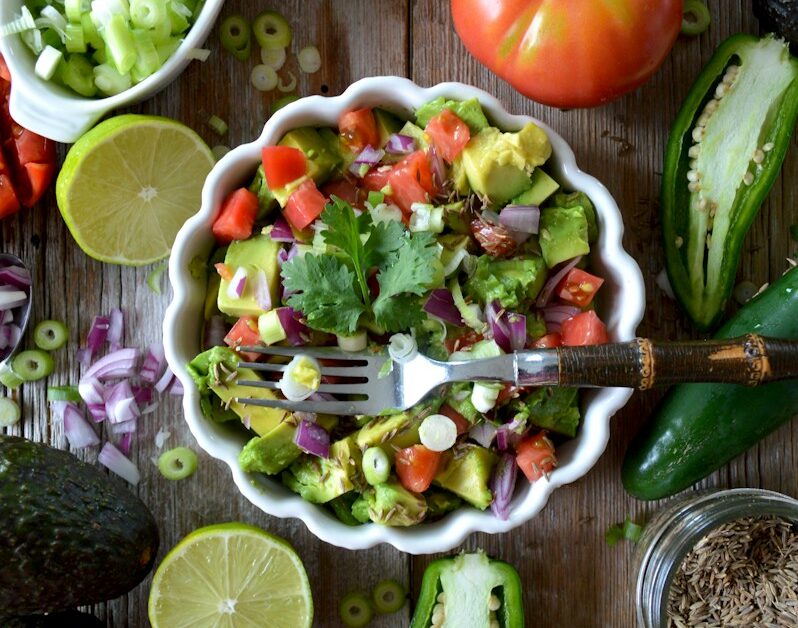Vegan cellulite refers to the presence of cellulite in individuals who follow a vegan lifestyle. Cellulite is a common condition that affects many people, regardless of their dietary choices. However, some proponents of veganism claim that adopting a plant-based diet can help reduce the appearance of cellulite. In this article, we will explore the relationship between veganism and cellulite, examining the potential benefits and limitations of a vegan diet in managing this condition.
The Basics of Cellulite
Cellulite is a condition characterized by the dimpled or lumpy appearance of the skin, commonly found on the thighs, buttocks, and abdomen. It occurs when fat deposits push through the connective tissue beneath the skin, causing a bumpy texture. While cellulite is not harmful or indicative of any underlying health issues, it can be a source of self-consciousness for many individuals.
The Vegan Diet and Cellulite
Proponents of veganism argue that a plant-based diet can help reduce the appearance of cellulite due to several factors:
- Lower Fat Intake: A vegan diet typically consists of lower fat intake compared to a diet that includes animal products. Since excess body fat can contribute to the development of cellulite, reducing overall fat consumption may help manage its appearance.
- Increased Fiber Intake: Plant-based diets are often rich in fiber, which can aid in weight management. Maintaining a healthy weight can potentially reduce the severity of cellulite.
- Antioxidant-Rich Foods: Vegan diets are abundant in fruits, vegetables, and whole grains, which are high in antioxidants. Antioxidants help protect the skin from damage caused by free radicals, potentially improving its overall appearance.
Scientific Evidence and Studies
While anecdotal evidence and personal testimonials suggest that adopting a vegan diet can help reduce cellulite, scientific studies on this specific topic are limited. However, some research has explored the potential benefits of certain dietary components found in vegan diets:
- Omega-3 Fatty Acids: Omega-3 fatty acids, commonly found in flaxseeds, chia seeds, and walnuts, have been associated with improved skin health. These fatty acids may help strengthen the skin’s connective tissue and reduce inflammation, potentially minimizing the appearance of cellulite.
- Collagen Production: Some studies suggest that a vegan diet rich in vitamin C, found in citrus fruits and leafy greens, may promote collagen production. Collagen is a protein that helps maintain the skin’s elasticity and structure, potentially reducing the visibility of cellulite.
Other Factors Influencing Cellulite
While diet plays a role in managing cellulite, it is essential to consider other factors that can contribute to its development:
- Genetics: Genetic factors can influence an individual’s predisposition to cellulite. Some people may be more prone to developing cellulite due to their genetic makeup.
- Hormonal Changes: Hormonal fluctuations, such as those that occur during puberty, pregnancy, or menopause, can contribute to the development of cellulite. These changes affect the structure and distribution of fat beneath the skin.
- Lifestyle Factors: Sedentary lifestyles, smoking, and poor circulation can also contribute to the appearance of cellulite. Regular exercise, maintaining a healthy weight, and avoiding smoking can help manage its visibility.
Conclusion
While adopting a vegan diet may offer potential benefits for managing cellulite, it is important to approach this claim with caution. Scientific evidence specifically linking veganism to cellulite reduction is limited, and other factors such as genetics and hormonal changes play significant roles in its development. However, a well-balanced vegan diet, combined with a healthy lifestyle, can contribute to overall skin health and potentially minimize the appearance of cellulite.
